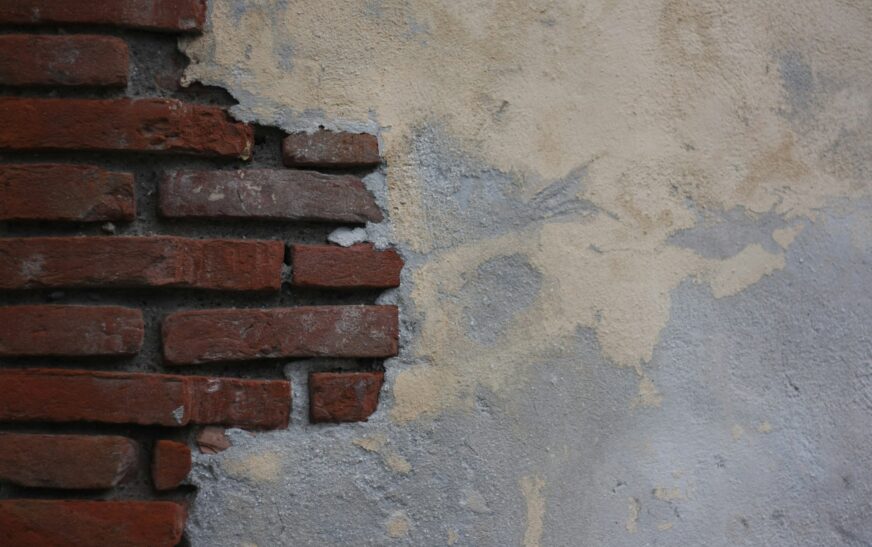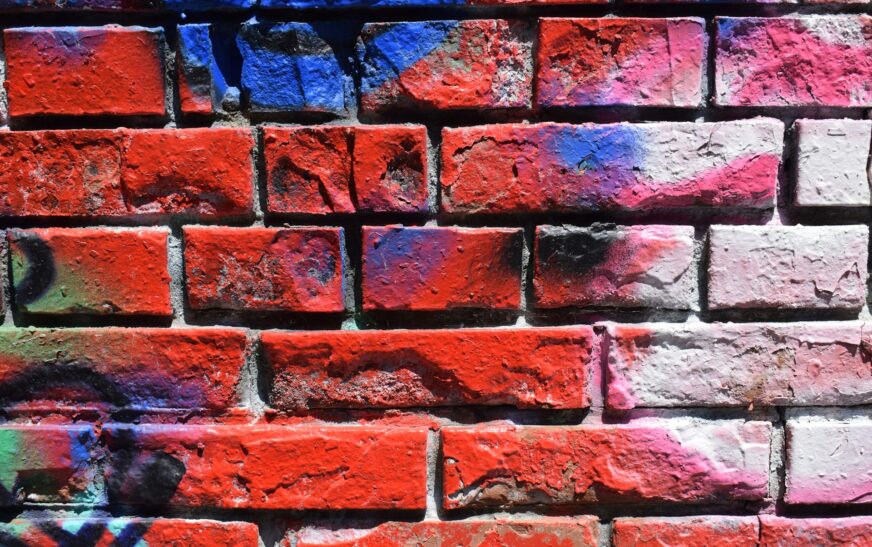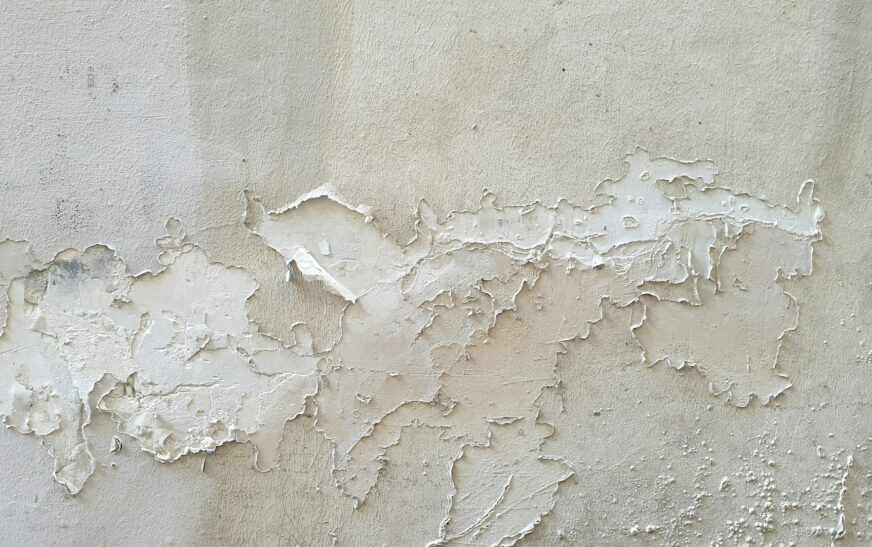Brick is durable, classic, and full of character—but once you paint it, many homeowners have that “what was I thinking?” moment. Peeling, fading, or simply a change in design taste can leave you asking: can I take paint off brick?
Good news: yes, you can. Bad news: it’s not as simple as wiping it off with a sponge. It takes patience, the right approach, and a bit of elbow grease.
Understanding Brick and Paint
Here’s the thing: brick isn’t like drywall or wood. It’s porous, which means it loves to suck up paint like a thirsty sponge. That deep bond makes peeling it off tricky.
Older bricks—especially in historic homes—are often softer, so heavy-handed methods can do more harm than good. Before you grab your scraper or a bottle of harsh chemicals, it’s worth understanding what you’re really up against.
Methods for Removing Paint from Brick
There’s no magic bullet, but several techniques can work—depending on the type of paint, age and condition of the brick, and whether it’s indoors or outdoors:
1. Peel-Away Paint Removers
Designed for masonry, these thick pastes are covered with a laminated sheet. After curing, you peel it away—and voilà! Paint layers come off in one swoop. Works especially well for multiple coats.
2. Chemical Strippers
Solvent-based or caustic strippers can break the bond between paint and brick. They’re powerful, but safety is key: ventilate, wear gloves, and apply carefully.
3. Pressure Washing
Great for exterior brick. A controlled pressure wash can remove stubborn paint—but too much force can erode the brick itself. Older bricks? Handle with care.
4. Sandblasting / Abrasive Blasting
Fast and effective, but aggressive. It can damage the brick surface and alter its texture. Usually reserved for commercial jobs, not delicate home projects.
5. Steam Stripping
A gentler, eco-friendly approach. High-temperature steam softens the paint so you can scrape it off manually. Slower, yes—but safer for historical or delicate bricks.
Key Considerations Before You Start
- Brick Condition: Brittle or old bricks can crumble under aggressive methods. Always test a small hidden area first.
- Paint Type: Latex and oil-based paints behave differently. Know what you’re dealing with.
- Environmental Impact: Some chemical strippers are hazardous. Follow disposal instructions and consider greener alternatives.
What to Avoid
- Metal Brushes: They scratch and gouge brick permanently.
- Unregulated Sanding: Often just pushes pigment deeper instead of removing it.
- Skipping Prep: Dirty bricks make the paint removal messier and less effective.
Read More : How to Paint Fireplace Bricks: A Complete Guide to Updating Your Hearth
Aftercare: Protecting Your Brick
Once the paint is gone, the work isn’t done. Rinse thoroughly, let the brick dry completely, and if it’s outdoors, apply a breathable masonry sealer. This helps protect your newly exposed brick from moisture and wear—because your hard work deserves to last.










